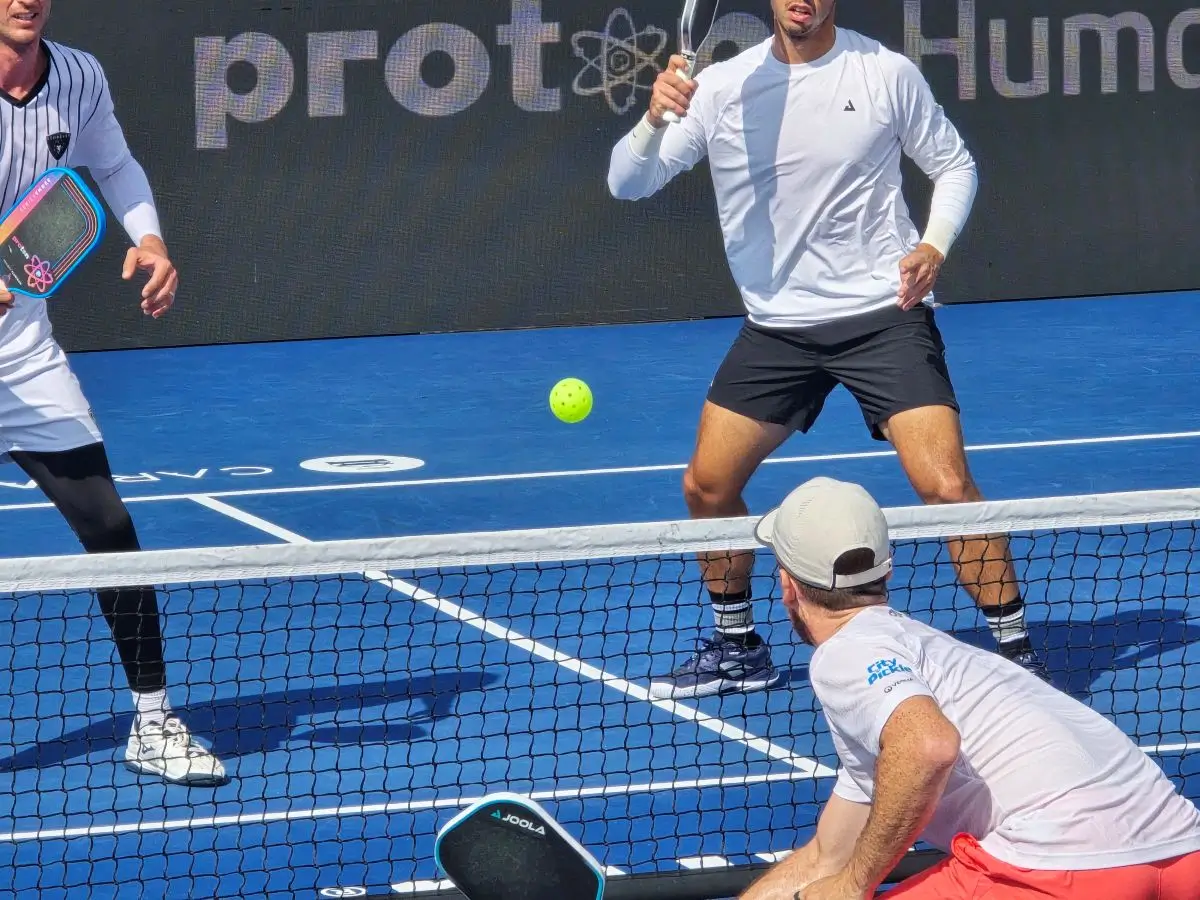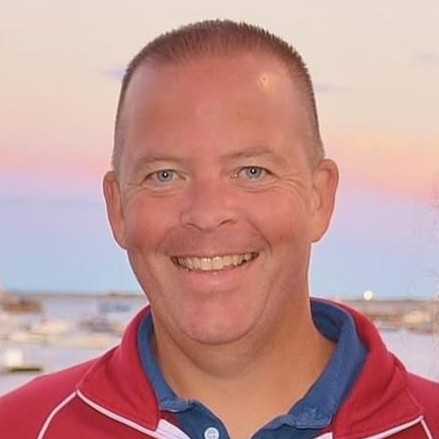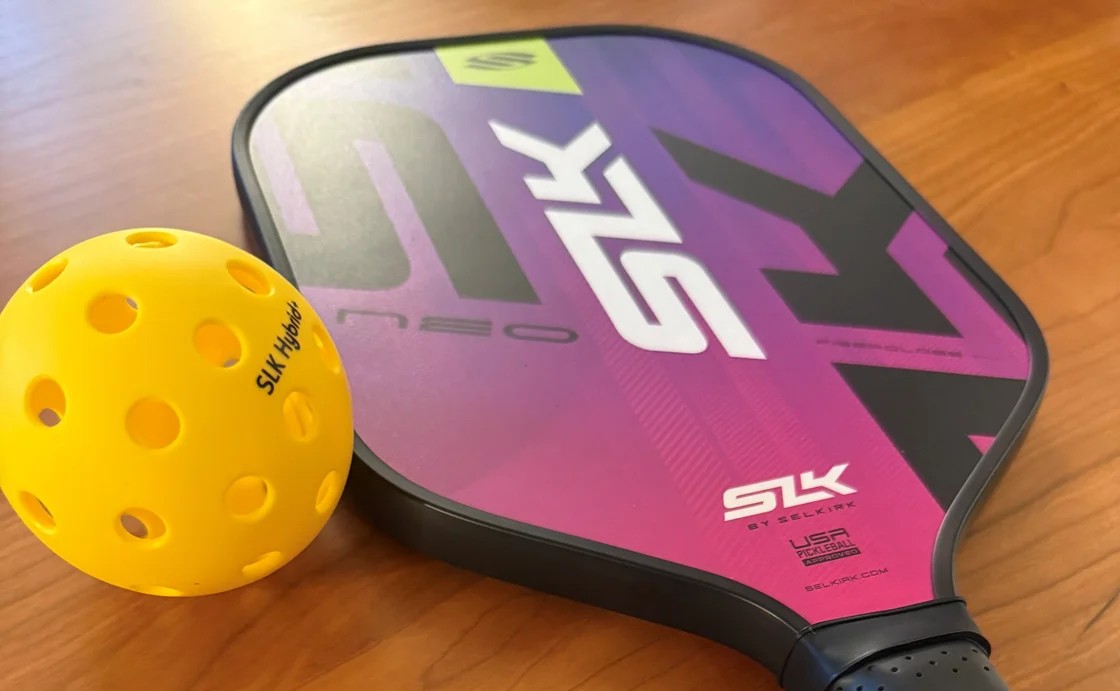Addicted to Trauma: How the Mind Becomes Wired for Pain—and How to Reclaim It
Trauma addiction isn’t just psychological—it’s physiological. This in-depth exploration connects the dots between neuroplasticity and trauma, cortisol and PTSD, and how negative self-talk becomes hardwired through myelination trauma loops. Whether you're a high-performance athlete or just beginning your healing trauma habits, this article delivers powerful insights from sports psychology that can help rewire your brain, reclaim peace, and even improve your focus on the pickleball court. A must-read for anyone serious about negative self-talk recovery and performance under pressure.

Introduction: The Surprising Truth About Trauma Addiction
Most people think of trauma as something they want to escape. But for many, especially those with long-term emotional wounds, trauma becomes a state the brain and body crave. It’s not the events we’re addicted to—but the neurochemical surge, the thought patterns, and the deep grooves trauma etches into our neural circuits.
This post unpacks the science and psychology behind why we become addicted to trauma—and how to break the cycle before it becomes our personality.
1. The Physiology of Addiction to Trauma
When you experience trauma—whether acute or chronic—your body doesn’t just store it as a memory. It reorganizes your entire nervous system around survival.
- Adrenaline boosts heart rate and perception.
- Cortisol mobilizes energy and suppresses non-essential functions.
- These hormones become the chemical signature of pain.
“The body becomes addicted not to the trauma event itself, but to the neurochemical state that trauma induces—particularly cortisol and adrenaline surges.” — Dr. Joe Dispenza, neuroscientist and author
Over time, your system normalizes these stress chemicals. You unconsciously seek situations or thoughts that recreate that same rush—like a drug user chasing a fix. The trauma loop doesn’t need external drama anymore. Your thoughts, beliefs, and body memory can trigger the same hormonal cascade internally.
Scientific Source:
- McEwen, B. S. (2007). Physiology and neurobiology of stress and adaptation: central role of the brain. Physiological Reviews, 87(3), 873–904. [https://doi.org/10.1152/physrev.00041.2006]
2. Neural Pathways: Trauma Becomes the Default Operating System
The brain is ruthlessly efficient. Through myelination, it wraps heavily-used neural pathways in insulating sheaths that speed up signal transmission. This makes habitual thoughts and behaviors faster and more automatic—even if they’re destructive.
- The more you repeat a trauma-related thought (“I’m not safe,” “I’m not worthy”), the faster and more automatic it becomes.
- You start reacting to life from the past rather than the present.
“The brain doesn’t care if a circuit is healthy. It myelinates based on repetition—not righteousness.” — Geoff Bourgeois, computer scientist and researcher
This is how trauma becomes identity. Over time, it’s not just something that happened to you. It becomes how you think, feel, and move through the world. The wiring favors pain, fear, and shame—not because they’re true, but because they’re practiced.
3. The Pain of Pleasure and the Pleasure of Pain
This phenomenon—known in trauma psychology as hedonic reversal—explains why healing can feel wrong and pain can feel familiar.
- Joy feels dangerous: “If I let my guard down, I’ll be hurt.”
- Calm feels boring or unsafe: “Something must be wrong if I’m not stressed.”
- Suffering feels real: “At least this pain is familiar.”
This inversion leads to self-sabotage when things are going well. You pick fights, create chaos, or sabotage peace—not consciously, but because your nervous system equates pain with safety.
Scientific Source:
- van der Kolk, B. A. (2014). The Body Keeps the Score: Brain, Mind, and Body in the Healing of Trauma. Viking Press
4. Addicted to the Inner Critic: The Psychological Echo of Trauma
The most insidious part of trauma addiction isn’t external—it’s the internal voice it gives rise to.
- Self-criticism, negative self-talk, and shame loops become dominant.
- The more these voices run, the more the brain defaults to them—like a muscle you overuse.
- Eventually, the voice becomes mistaken for the self.
This voice often says:
- “You’re not good enough.”
- “You always screw things up.”
- “You don’t deserve to be happy.”
These aren't random thoughts. They're neural remnants of past traumas, kept alive through repetition and unchallenged identity.
5. Breaking the Trauma Loop: Practical Steps to Rewire the Mind
If trauma has become your default, the key is not just processing the past—but rewiring the present. Here’s how:
A. Pattern Recognition
Start mapping your trauma loops:
- When do you get triggered?
- What thoughts follow?
- What feelings follow those thoughts?
Naming the loop is the first step to breaking it.
B. Physiological Interruption
Use breathwork, cold water exposure, exercise, or grounding to interrupt the adrenaline-cortisol feedback loop. Give your body a new chemical signature to anchor in.
“We become addicted not to trauma, but to the chemical signature of trauma—adrenaline, cortisol, and the voice it reinforces.”
C. Cognitive Replacement
Begin intentionally running new circuits.
- Instead of “I’m not safe,” say “I’m grounded.”
- Instead of “I’m broken,” say “I’m building.”
- Repetition is the key. Rewire like you once miswired.
D. Practice Joy—Even When It Feels Unsafe
Let yourself experience micro-moments of joy, safety, and connection. At first, they’ll feel wrong. Keep going. Eventually, they become the new homeostasis.
Conclusion: You’re Not Broken—You’re Wired
Trauma isn't just a memory. It’s a physiological and neurological loop, reinforced by repetition, normalized by hormones, and protected by identity.
But like any habit, it can be unlearned.
You don’t need to become someone new. You need to recover the original signal beneath the noise. The self that existed before the trauma. The self that is still there, waiting to be rerun, revoiced, and remyelinated.
“The inner critic is just a bad remix of our past pain. It’s not the truth. It’s just what got practiced.”







